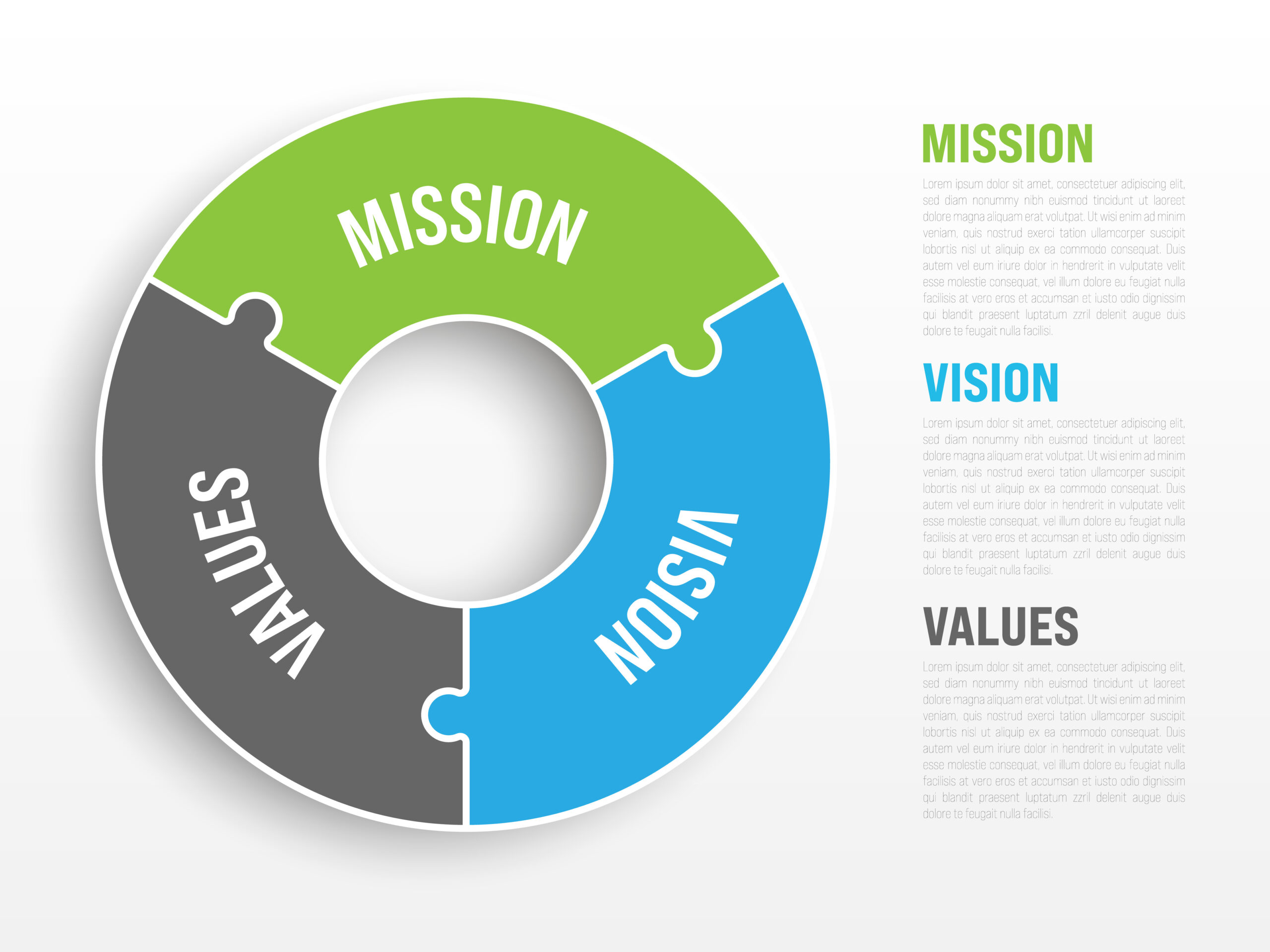
One of the outstanding presentations at the 2023 NAAG/NASCO Charities Conference focused on Purpose-Driven Board Leadership (“PDBL”), a governance framework that I think has groundbreaking potential. Dani Robbins, BoardSource’s Director of Strategic Governance, delivered the presentation which provided attendees, including many state charity regulators with much food for thought.
As an introduction to the presentation, Dani asked attendees two related questions:
- “To whom is a [charitable] nonprofit corporation accountable?”
- Is that different from whom it serves?
A charitable nonprofit is accountable to many constituents, including its donors, its beneficiaries (i.e., those served by the nonprofit), its employees, its community, and government regulators.
The board of directors has ultimate authority over the activities and affairs of a nonprofit corporation. But that general statement may not sufficiently inform boards of their practical role. Dani displayed a graphic showing the cycle among (1) the board’s understanding of its role, (2) who the board members are, and (3) how the board prioritizes and decides for the nonprofit.
According to BoardSource, the board has three roles:
- providing oversight,
- ensuring resources, and
- setting direction and strategy.
The third role is often overlooked by boards but is equally important as the other two. It requires a commitment to the mission and purpose of the nonprofit, understanding of the priority areas of work and communities served, and the cultivated ability to do sensemaking and strategic thinking as a collective.
Too many boards are disconnected from the communities they serve and too many executives prioritize fundraising over other areas in what they want from their boards. See Leading With Intent.
According to Governance as Leadership: Reframing the Work of the Nonprofit Boards, there are three modes of governance: fiduciary governance, strategic governance, and generative governance. Generative governance is the least known but where boards have significant untapped potential to contribute to the nonprofit’s impact. It represents the organization’s sensemaking role and questions:
- Who are we?
- What’s most important to us?
- What are the most important questions facing us as an organization.
Purpose-Driven Board Leadership: A New Framework for the Board’s Role
- Focuses the board on organizational purpose, versus organization itself
- Centers the board’s role in strategy and direction-setting
- Identifies principles and mindsets that are integral to embodying that strategic role
- Envisions a new way of being for boards – role, orientation, and composition
PDBL places the organization’s purpose ahead of the organization itself. At first blush, this may sound inconsistent with a board member’s duty of loyalty, but, unlike the case of a for-profit corporation, the nonprofit’s purpose is the reason for its existence. And placing purpose ahead of organization is common in mergers and in dissolutions when the organization in question remains viable. See Purpose-Driven Board Leadership, Legally Speaking; Restatement of the Law: Duty of Loyalty. Of course, there is a balance to be found when an organization’s viability and its purpose are not completely aligned.
PDBL requires respect for the organization’s ecosystem. This may mean assessing how an organization’s contemplated action will impact other charities doing similar work or the organization’s intended beneficiaries. On the latter point, imagine an organization contemplating delivering more fresh food to a blighted neighborhood for the next six months and the possible unintended consequence of causing the local grocery store to go out of business.
PDBL requires an equity mindset – a commitment to advancing equitable outcomes, and interrogating and avoiding the ways in which the organization’s strategies and work may reinforce systemic inequities. While it may not necessarily be unlawful to purposefully pursue a mission in an inequitable manner, that would be inconsistent with PDBL. Doing so unintentionally would also be inconsistent with PDBL. Thus, PDBL creates intentionality with respect to advancing equity.
PDBL requires authorized voice and power. An organization’s power and voice must be authorized by those most impacted by the organization’s work. This element of PDBL might be viewed as part of the three other elements, but it’s understandable why it requires amplification. Too often, those served by a nonprofit have no voice or power with respect to the nonprofit’s activities. This perpetuates systemic inequities and a non-learning leadership environment.
Board Composition
If our board composition is a reflection of whose trust we consider to be most important, which stakeholders are we prioritizing – and who are we leaving out?
– Jim Taylor, What Boards Can Learn from the Story of Nikole Hannah-Jones
Dani also provided a reframing of board recruitment with requirements for all board members, for most board members, and for some board members. I’ll just reproduce items for the first category (you’ll need to attend a BoardSource presentation for the entire list):
Needed From All:
- Commitment to mission, purpose, and the people and communities served by the organization
- Reputational capital that cultivates trust amongst community stakeholders
- Willingness to dedicate time and energy to fulfill responsibilities and commitments
- Relational skills to operate effectively in the collective
Disclosure: I’m a board member of BoardSource and we’re committed to listening to the sector and further developing PDBL.